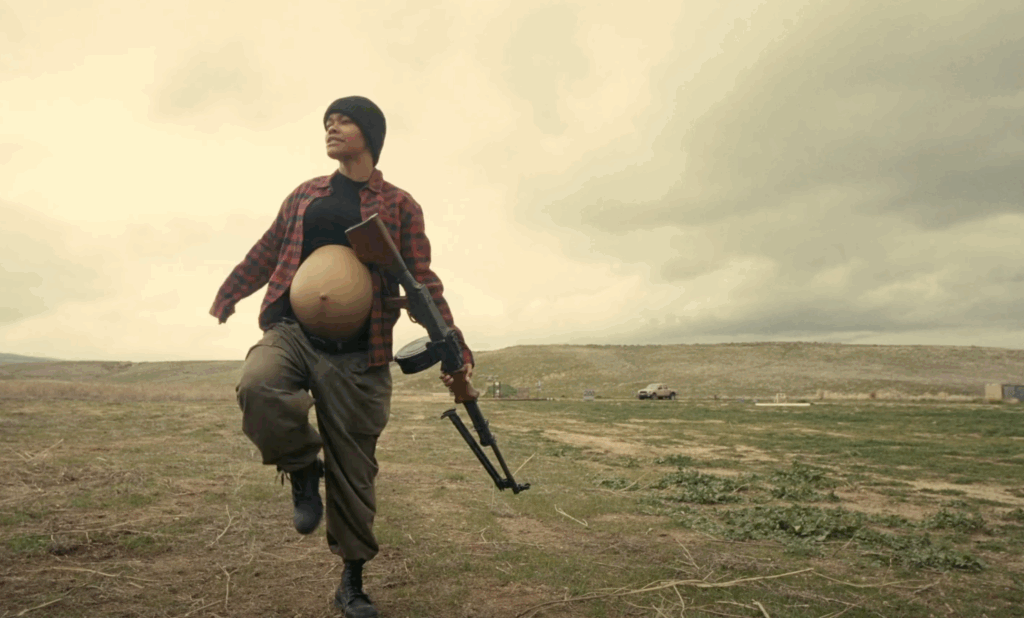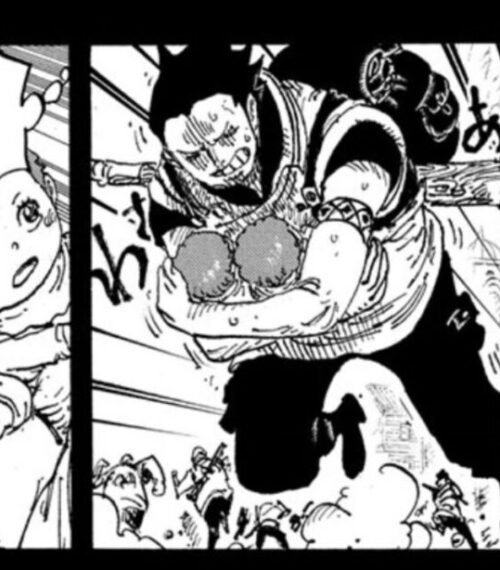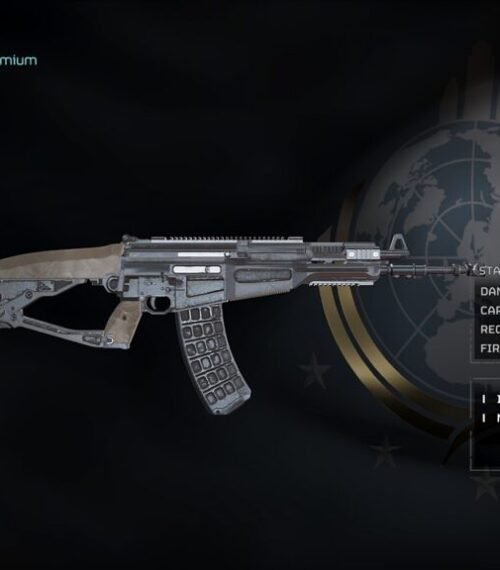Paul Thomas Anderson’s newly released thriller, One Battle After Another has brought back a very old filmmaking trick called VistaVision. Why did we say very old? Well, because it’s actually over 70 years old, with the technique being first invented in 1954 by Paramount Pictures, and popularized particularly by Alfred Hitchcock in To Catch a Thief (1955).
But even today, few directors like Anderson and Yorgos Lanthimos still use it. Now, you might wonder, what exactly is VistaVision? It’s basically a way of shooting movies where, instead of running film in the usual vertical way, VistaVision runs it sideways. That simple trick makes the image sharper, richer, and more detailed.
It was initially done to win back audiences who had begun watching television at home instead of going to theaters. Once used in epics like The Ten Commandments and Vertigo, VistaVision is now a rare but powerful choice for filmmakers.
The table contains basic details on One Battle After Another:
Why Did Paul Thomas Anderson Use a 70-Year-Old Format for One Battle After Another?
Considering how old the technique of shooting in VistaVision actually is, people might wonder why Paul Thomas Anderson still keeps using it, and why he especially used it for his first action thriller, One Battle After Another? Well, the director explained it all in a video for Warner Bros.
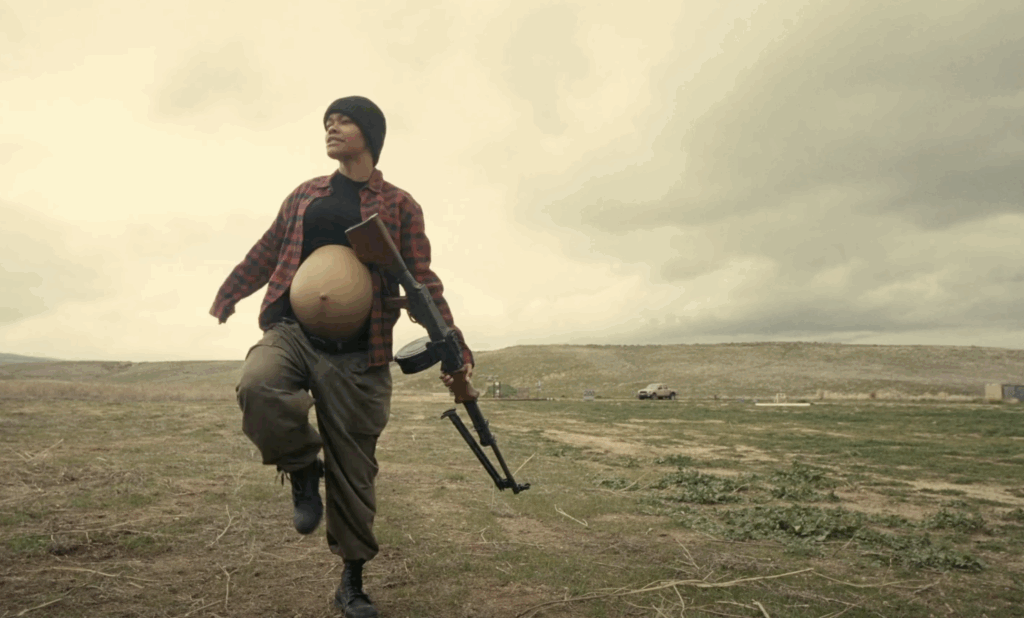
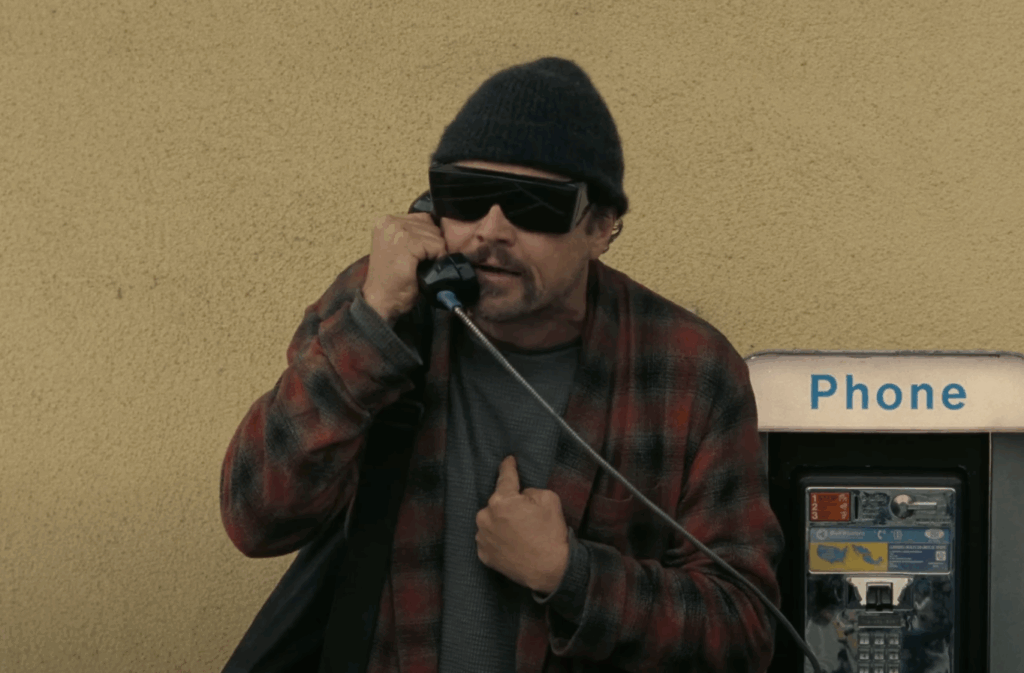
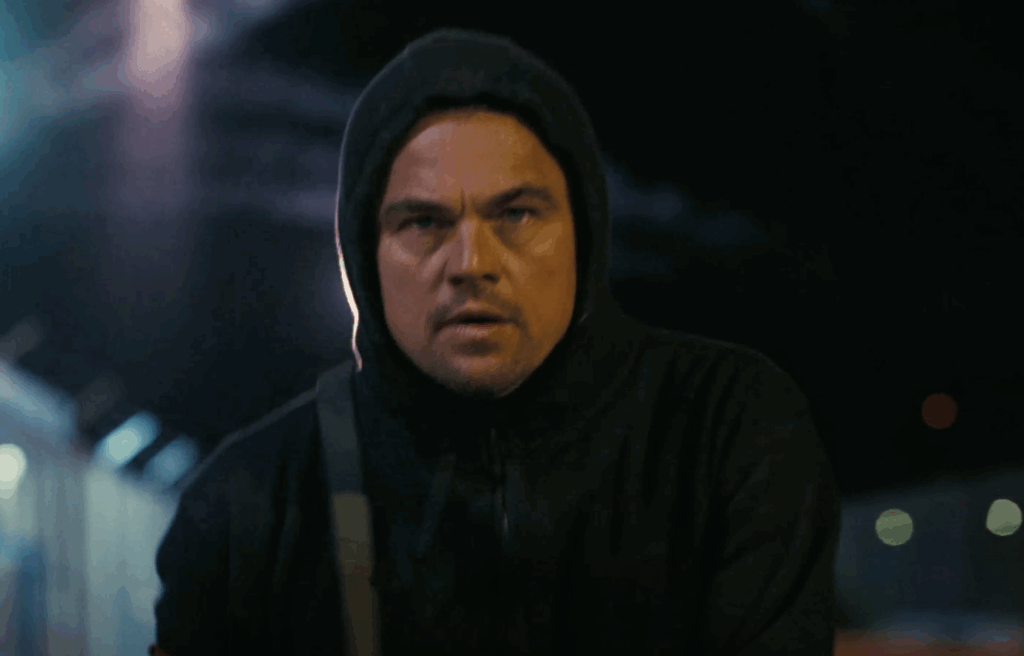

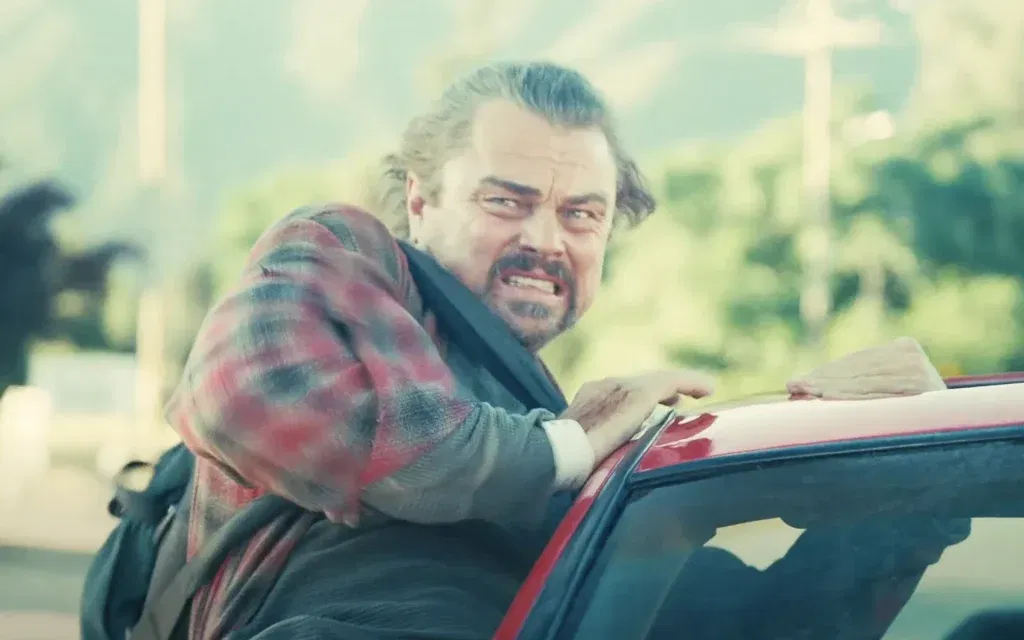
Shared via YouTube, Anderson mentioned selecting VistaVision for Leonardo DiCaprio’s movie because it gives the movie a richer and sharper image. Unlike normal film, VistaVision uses more of the 35mm negative by running it sideways. This means every frame captures extra detail, making the final picture look deeper and more beautiful on screen.
VistaVision was a format that was invented to use more of a larger portion of the 35mm camera negative. So in other words, it is better. It gives you a very deep, rich, beautiful image.
It just always nagged at me as a really good possibility to try and make a film with it, you’re gonna wonder, why does it look like that? And the answer is, because of this beautiful, beautiful format.
Since the movie was shot across different settings including desert chases, border camps, and even towns hidden in the redwoods, Anderson used both VistaVision and Super 35 to match these dramatic landscapes. To clarify, VistaVision works with an 8-perf film strip, while Super 35 uses 4-perf.
Simplifying it further, “perf” refers to the little holes along the side of the film strip. And more perforations mean more image information, and therefore, higher quality. So, it all boils down to rich quality, beautiful imagery, and a magical feel, which led Paul Thomas Anderson to choose this old yet iconic format.
But of course, he’s not alone. Even Brady Corbet’s The Brutalist (2024), Yorgos Lanthimos’s Bugonia (2025), and even Greta Gerwig’s upcoming Narnia: The Magician’s Nephew, is said to be using VistaVision.
Difference Between VistaVision and Christopher Nolan-Popularized IMAX 70mm
Now, considering how we’ve all heard Christopher Nolan speak about his choice of IMAX 70mm film for his Oscar-winning and nominated films, it might make fans wonder, what’s the difference between IMAX 70mm and VistaVision? Well, let’s just begin by saying that both formats use sideways film.
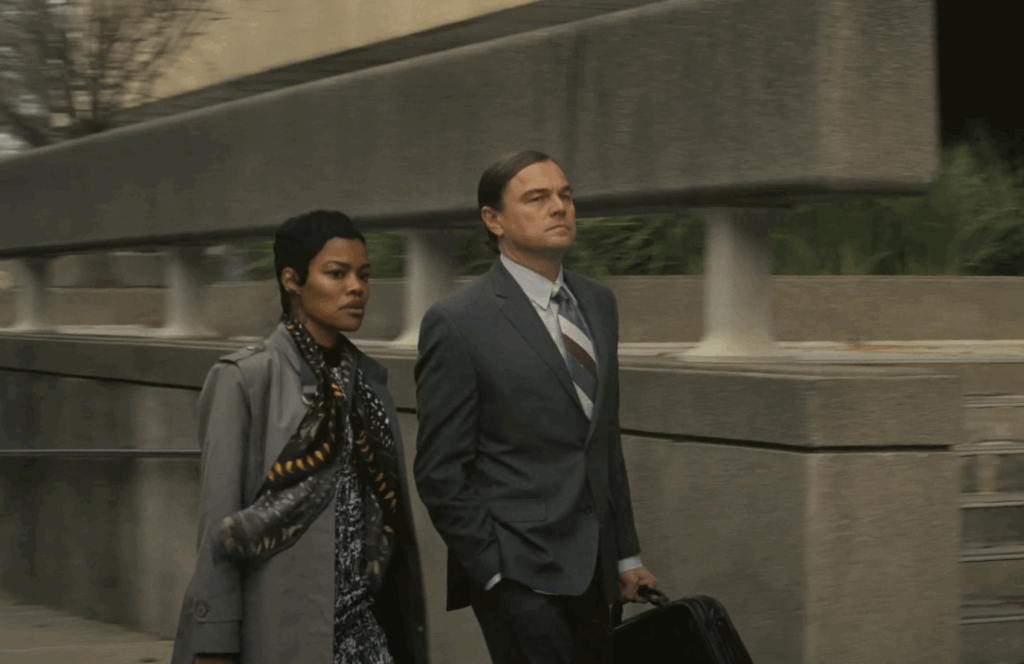
But, IMAX 70mm, popularized by Christopher Nolan, does something far better on a much larger scale. While VistaVision uses 35mm film turned sideways, IMAX uses 70mm film, which makes the frame four times larger. This difference makes IMAX images even sharper and clearer than VistaVision.
The aspect ratios of the two formats are also very close. VistaVision usually comes in at about 1.50:1, while IMAX is 1.43:1. This means they look almost the same in terms of screen shape, with only very slight cropping differences. But overall, both formats give viewers a wide, immersive feel that traditional films can’t offer.
However, IMAX is far more demanding. According to the BFI, each IMAX film print for One Battle After Another is 10 miles long and weighs 683 pounds. That’s because the frames are twice as tall and wide as VistaVision. The huge size allows IMAX films to stay sharp even when projected on massive screens.
So, if you want a verdict: IMAX 70mm is slightly better than VistaVision; but normal people won’t even notice. So whether it’s Paul Thomas Anderson using VistaVision or Christopher Nolan using IMAX 70mm, it’s all about that crisp and clear picture quality that drives fans to the theatres, for an immersive feel.
Share your opinions on Paul Thomas Anderson’s One Battle After Another, in the comments below.
One Battle After Another is currently running in theaters worldwide.

